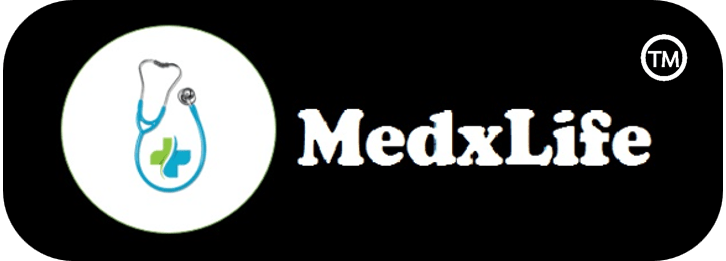Puerperium is the time period after delivery during which reproductive organs of mother in pregnancy comes back to the non pregnant state. Time period of this puerperium is about 6 weeks. Both physiological and anatomical changes during pregnancy comes back to non pregnant state of the lady. Puerperal changes occur in response to the sudden drop in level of hormones like estrogen and progesterone produced during pregnancy.
During puerperal period, vagina regains it’s tone and rugae. Fundal height decreases by about 1.25 cm per day after 24 hrs of delivery. Weight of uterus decreases from 1000 gm at time of delivery to 100 gm after 4 weeks of delivery. After delivery, it takes about 6 weeks for the involution of placental site of the uterus. Therefore, complete uterine involution takes about 6 weeks in total. Infection, anemia, retained tissue are the causes of subinvolution of the uterus.
At the time of delivery, superficial layer of decidua basalis is shed off which is known as Lochia. Lochia is the vaginal discharge after delivery which consists of blood, mucus, etc. There are 3 types of lochia –
1. Lochia Rubra – consists mainly of RBCs and occurs for 1-4 days.
2. Lochia Serosa – consists mainly of WBCs and some amount of RBCs which occurs for 5-9 days.
3. Lochia Alba – consists of plenty of WBCs which continues for 10-15 days.
Entire endometrium is restored by 16th day after delivery except for the placental site of the uterus which takes about 6 weeks.
Prolactin is responsible for milk synthesis and oxytocin is milk let down hormone. Progesterone levels are high throughout pregnancy which inhibits lactalbumin. But after delivery, progesterone withdrawal occurs which is the 1st stimulus for milk secretion. Colostrum is initially secreted for 3-4 days which contains IgA antibody in it. After 3-4 days of delivery mature milk is secreted. Suckling reflux of baby stimulates paraventricular and supraoptic nuclei of hypothalamus for synthesis of oxytocin which reaches to the breast and contracts myoepithelial cell leading to milk ejection or milk let down. Infant suckling is the most important stimulus responsible for continuous secretion of breast milk and 2nd being prolactin. According to NACO guidelines, mixed feeding should be avoided and the child should be exclusively breast fed till 6 months of delivery. Therefore, in order to improve milk production, promote frequent suckling by infant and use of dopamine antagonists drugs (Metoclopramide, Domperidone). In order to suppress milk production, stop breast milk expression and use of dopamine agonists (Cabergoline).
Breastfeeding should be avoided in following circumstances:
• Active herpes simplex lesions on the breast of mother
• HIV positive mother
• Active pulmonary tuberculosis of mother
• Intake of excess alcohol or drug abuse
• Use of cytotoxic drugs by mother
• Galactosemia in infant
Since most of the drugs given to mother are also secreted in milk therefore, if drug intake is of single dose then it should be taken at bedtime and if it consists of multiple daily doses it should be taken after closest breast feed by the baby.
Physiological changes in puerperal period:
• Increased risks of urinary tract infections ( UTI) therefore women are advised to intake more amount of water and empty their bladder completely.
• Glomerular filtration rate which increases during pregnancy due to increase in blood volume takes about 2 weeks to return back to normal
• Diuresis after delivery in order to get rid of excess of blood volume.
• Tendency of bladder overdistension for some time.
• Incomplete emptying of the bladder
• Excessive residual urine left on the bladder.
Hematological changes after delivery:
• Blood volume decreases back to normal after a period of 1 week.
• Cardiac output returns back to normal by 10 days.
• WBCs count increases after delivery
• Fibrinogen level remain high till a period of 2 weeks after delivery.
Note - None of the drug listed above should be taken without proper consultation of the doctor.This post is just for educational purpose and not for any clinical purpose.
Contributor- Medico Eshika Keshari


Nice
Thanks for explaining